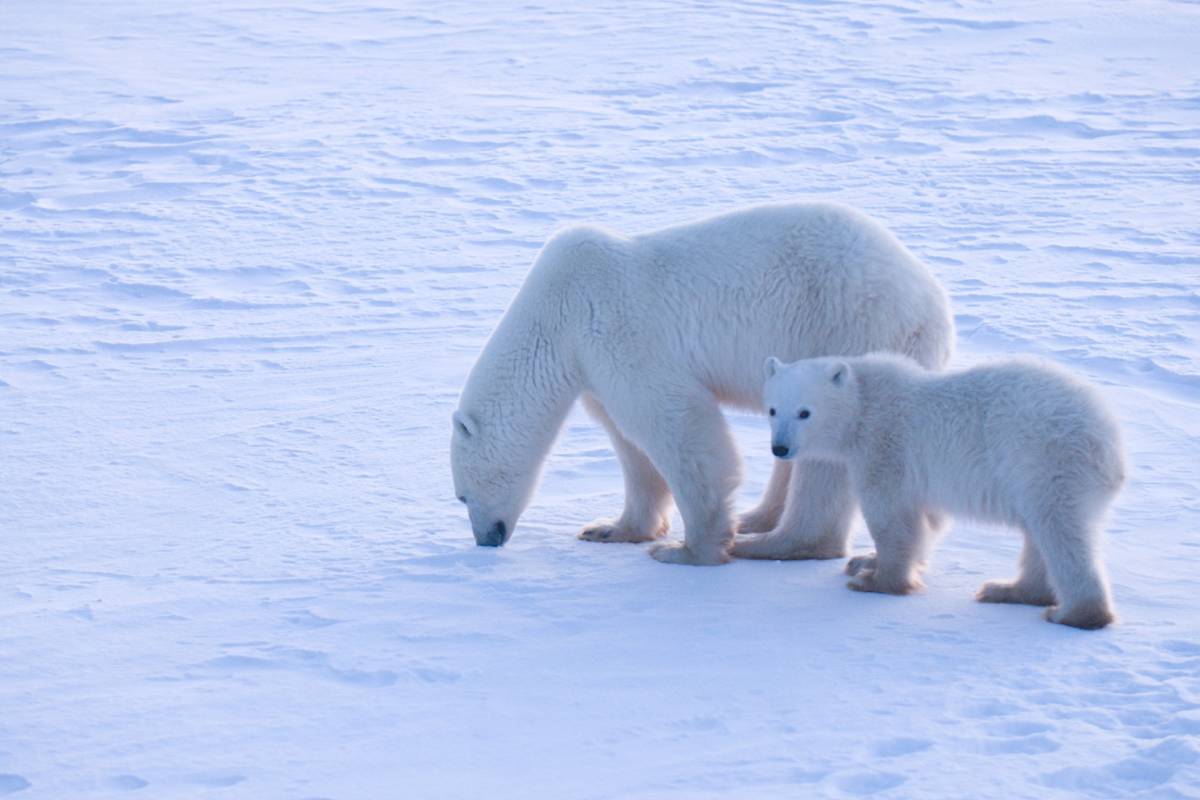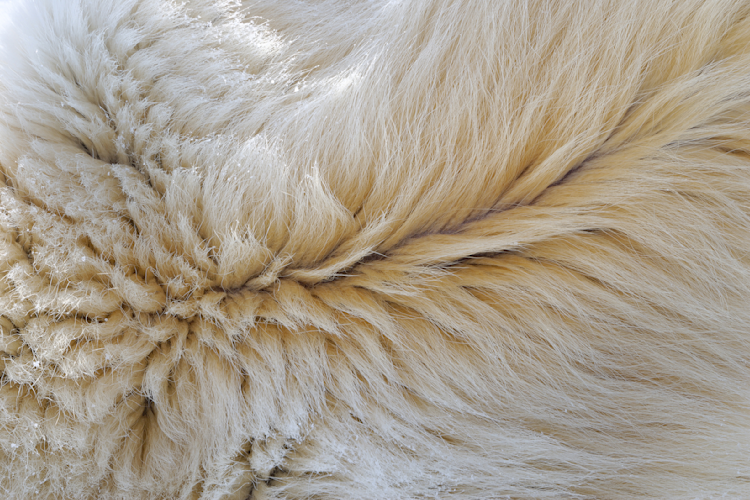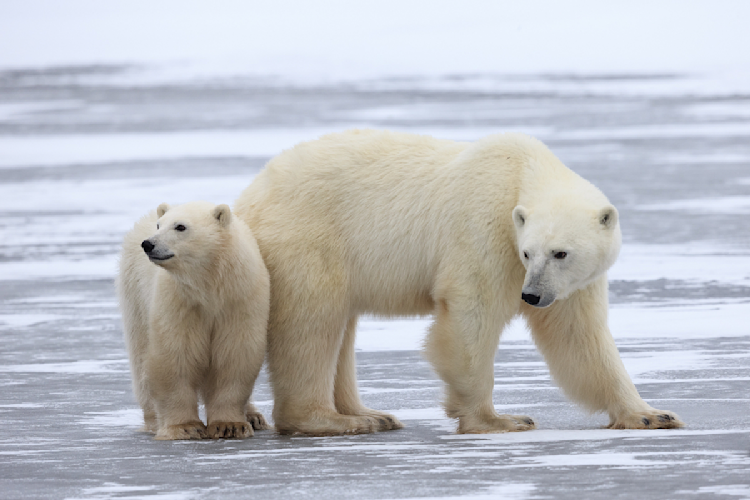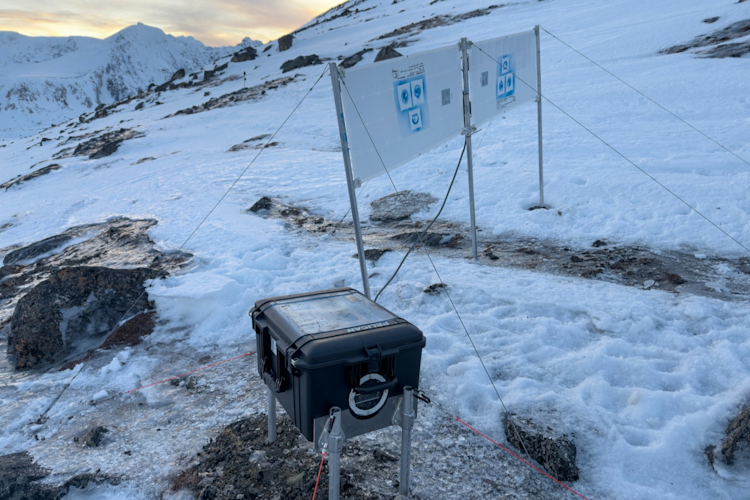A new report by the government of Nunavut shows a steep decline in Western Hudson Bay polar bears, with numbers falling by 27 percent in the past five years. These bears, which represent one of 19 polar bear populations across the Arctic, are those that we see in the Churchill, Manitoba region. They’re considered some of the most vulnerable polar bears in the world due to the negative effects of sea ice loss.
Because their natural habitat is so remote, polar bears are difficult to count in the wild. However, a team of researchers led by Dr. Stephen Atkinson completed extensive aerial surveys of polar bears in the Western Hudson Bay region in 2011, 2016, and 2021. Importantly, the team used the same techniques for each survey, allowing direct comparisons across time. Their findings show that the estimated population in this region declined by 11 percent between 2011 and 2016, and by 27 percent between 2016 and 2021.
The 2021 estimate is 618 bears, roughly half the estimated 1987 population of 1,185. However, the 1987 estimate used a different technique, and direct comparisons should be interpreted with caution.
The 27 percent decline over the last five years was driven by fewer adult females and subadults (young bears and cubs) of both sexes, while the number of adult males changed little. These trends agree with long-held predictions by biologists that sea ice loss, and the resulting reduced opportunities to hunt seals, would first affect subadults (because they are still growing) and adult females (because they are producing and supporting cubs). These trends also agree with studies reporting links between warming temperatures, longer melt seasons in the Arctic, and polar bears becoming thinner.


















